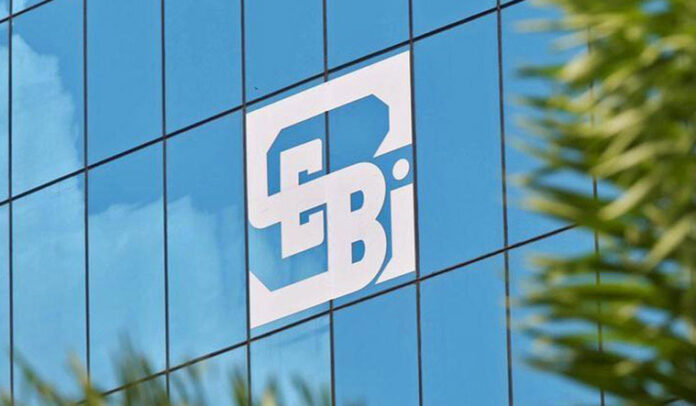Mumbai: Capital markets regulator Sebi has asked mutual fund houses to put in place a framework to safeguard investors, who invested in smallcap and midcap schemes, amid a “froth building up” in these categories.
Also, the regulator has suggested steps such as restrictions on inflows in these segments, portfolio rebalancing, and laying guidelines to safeguard investors from the first-mover advantage of redeeming investors.
This came in the backdrop of strong flow in the small and midcap schemes of mutual funds over the last few quarters.
In a communication to Association of Mutual Funds in India (AMFI) on Tuesday, Sebi asked the industry body to inform trustees of all the mutual fund houses to frame a policy to protect the interest of investors of smallcap and midcap schemes.
“In the context of the froth building up in the small and mid-cap segments of the market and the continuing flows in the small and mid-cap schemes of mutual funds, trustees, in consultation with unitholder protection committees of the AMCs shall ensure that a policy is put in place to protect the interest of all investors,” the regulator said.
The market regulator said “appropriate” and “proactive measures” should be taken by Asset Management Companies (AMCs) and fund managers to protect investors. However, such a framework should not be restricted to moderating inflows and rebalancing of portfolios.
Additionally, the new framework should protect investors from the first-mover advantage of redeeming investors.
Further, fund houses are required to disclose the new policy on their website within 21 days, the letter mentioned.
During the three months ended December 2023, the mid-cap category garnered net inflows of Rs 6,468 crore, marking it the 12th-consecutive quarter of inflow.
Besides, the small-cap category experienced a net inflow of Rs 12,052 crore in the third quarter of fiscal 2023-24, which was the highest the category has witnessed ever over a quarter. This was also the 11th-consecutive quarter in which the category witnessed net inflows.
Strong, consistent net inflows and favourable market conditions propped up the assets under management for these segments.


























